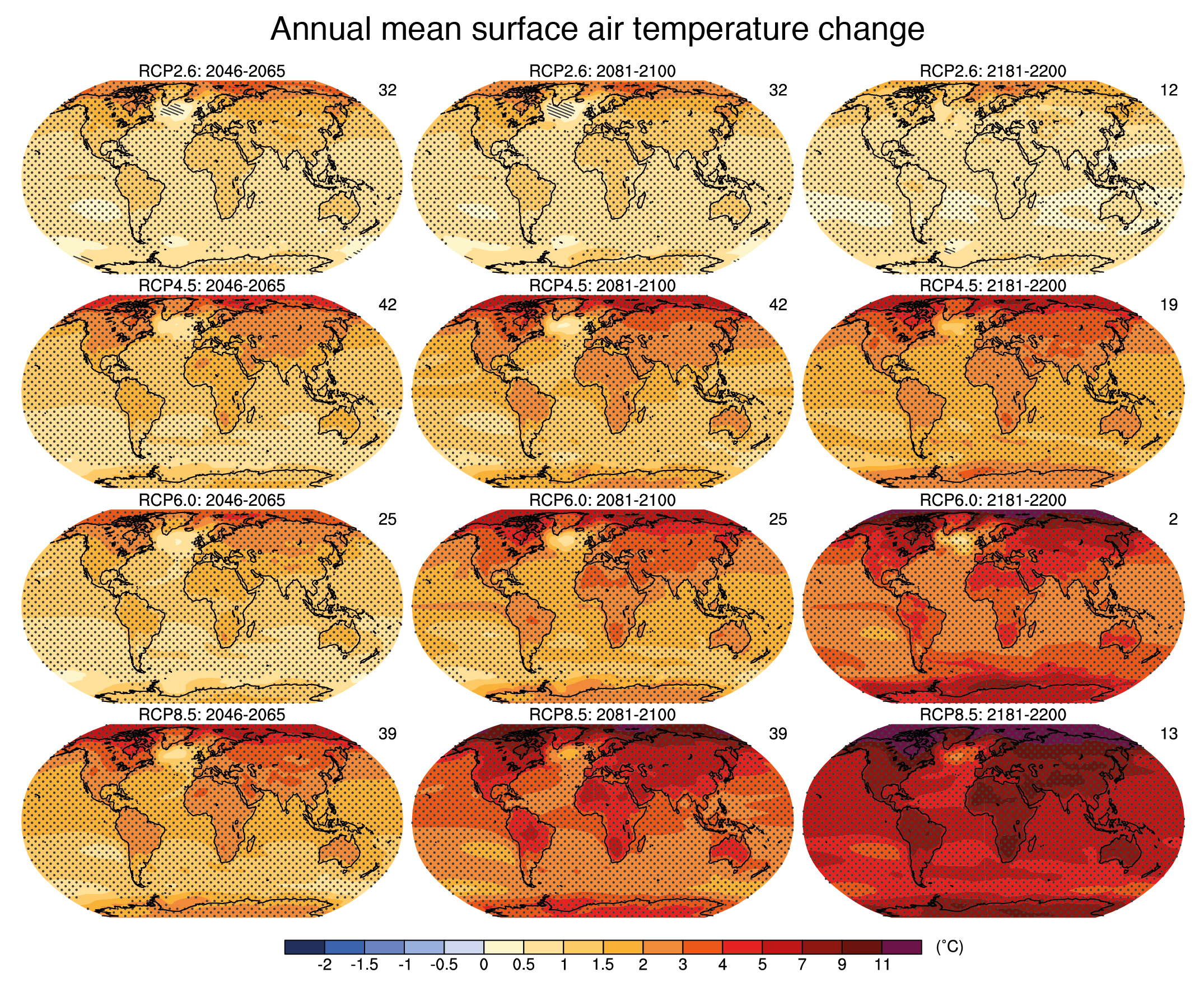The Mystery of Haboobs

Introduction
A haboob is a type of intense dust storm that can occur in arid regions, such as central Arizona. These storms can be quite impressive, with walls of dust reaching heights of up to 10,000 feet, according to the National Oceanic and Atmospheric Administration (NOAA). But what exactly causes these powerful events? Let's explore the key details of these unique dust storms and their impact on the environment and communities.
Key Details
Haboobs are typically caused by strong winds and thunderstorms in desert regions. As the winds pick up dust from the ground, they can create a massive wall of dust that can travel for hundreds of miles. These storms can have a significant impact on visibility, causing hazardous driving conditions and even leading to temporary closures of major roads and highways. They can also cause respiratory problems for people with allergies or asthma.
In addition to their potential dangers, haboobs also play an essential role in the ecosystem. The dust they carry can provide essential nutrients for plants and help maintain the delicate balance of desert ecosystems. However, these storms can also have a negative impact on air quality and can contribute to the spread of diseases carried by dust particles.
Impact
As the frequency and intensity of dust storms increase due to climate change, it is crucial to understand and monitor haboobs to better prepare for their
About the Organizations Mentioned
National Oceanic and Atmospheric Administration
## Overview of NOAA The National Oceanic and Atmospheric Administration (NOAA) is a premier scientific and regulatory agency within the U.S. Department of Commerce, established in 1970 to consolidate several existing agencies, including the U.S. Weather Bureau, the Coast and Geodetic Survey, and the National Satellite Center[1]. NOAA’s mission is to understand and predict changes in climate, weather, oceans, and coasts, and to share this information to protect life and property, conserve marine resources, and support economic vitality[1][3][5]. Its work impacts more than one-third of America’s gross domestic product, reflecting its broad influence on sectors such as agriculture, transportation, energy, and public safety[4]. ## What NOAA Does NOAA operates through five main organizations: the National Weather Service, National Ocean Service, National Marine Fisheries Service, National Environmental Satellite, Data, and Information Service, and the Office of Oceanic and Atmospheric Research[1][4]. Its services range from daily weather forecasts and severe storm warnings to climate monitoring, fisheries management, coastal restoration, and marine commerce support[4]. NOAA also conducts deep-sea exploration, charts the seas, and protects marine mammals and endangered species within the U.S. exclusive economic zone[2]. ## Key Achievements Among NOAA’s notable achievements are the development of advanced weather prediction models, the operation of the National Hurricane Center, and the launch of a fleet of environmental satellites that provide critical data for forecasting and climate science[1][2]. NOAA’s National Integrated Heat Health Information System (NIHHIS), developed with the CDC, has pioneered community science initiatives to map urban heat islands, enhancing resilience to extreme heat in cities across the U.S.[3]. The agency’s research has also contributed to understanding ocean acidification, marine biodiversity, and the impacts of climate change. ## Current Status and Notable Aspects Today, NOAA employs over 12,000 people nationwide and maintains a vast network of facilities

